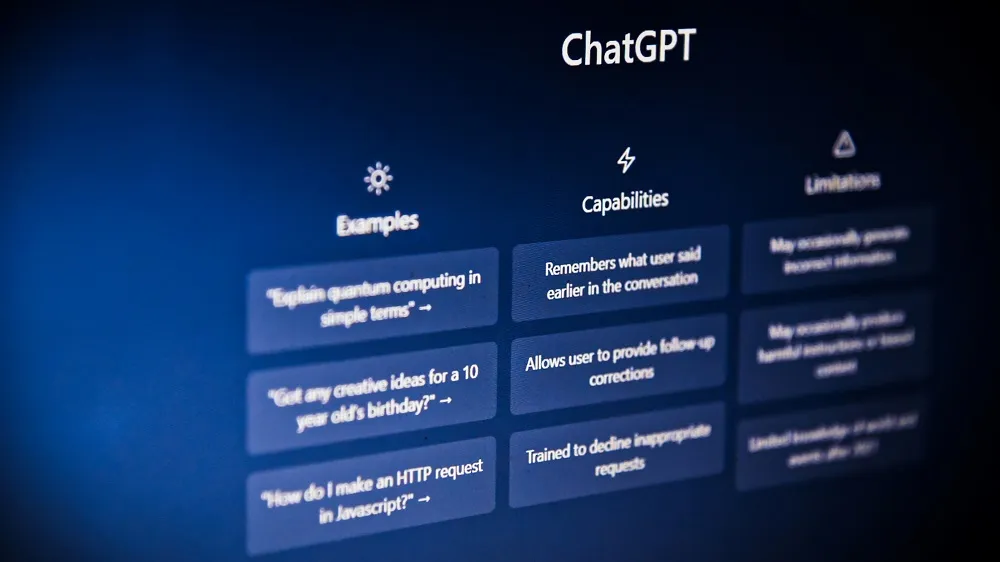How Generative AI Is Changing the Game for Small Business Owners
Unlocking Big Potential with Smart, Simple Tools
Generative AI for small business is more than just a buzzword. It is rapidly becoming a powerful tool that can level the playing field between small companies and large corporations. From automating tasks and creating content to improving customer experiences and making better decisions, generative AI is transforming how small businesses operate.
Let’s explore what generative AI is, how it works, and how you can start using it in your small business right now. Whether you run a local shop, an online store, a service business, or a creative agency, you will find actionable insights to help you save time, cut costs, and grow smarter.
What Is Generative AI?
Generative AI refers to artificial intelligence systems that can create new content or data based on patterns they have learned. This includes text, images, code, video, music, and even product designs. Unlike traditional AI that only analyzes or reacts to existing data, generative AI can actually produce something new.
Popular examples of generative AI tools include:
- ChatGPT for writing, summarizing, and answering questions
- DALL·E and Midjourney for generating images
- Runway and Synthesia for creating video content
- GitHub Copilot for writing code
- Jasper and Copy.ai for marketing copy
These tools are becoming easier to use and more affordable, which makes them a perfect fit for small business owners looking to boost efficiency without increasing headcount.
Why Generative AI Matters for Small Businesses
Large companies often have big budgets and teams of specialists. Small business owners, on the other hand, wear many hats. Generative AI helps bridge that gap.
Here are some of the key reasons why small businesses should care:
- Saves time: Automates repetitive or time-consuming tasks
- Reduces costs: Replaces or augments outsourced work like copywriting, graphic design, or data analysis
- Increases productivity: Helps you do more with fewer people
- Boosts creativity: Gives you ideas and drafts to build on
- Enhances customer experience: Powers chatbots, personalized marketing, and faster support
In short, generative AI can help you run leaner, smarter, and faster.
Real-World Use Cases of Generative AI for Small Businesses
Let’s break down exactly how generative AI can be used in different areas of a small business.
1. Marketing and Content Creation
One of the most common uses of generative AI is creating marketing content. These tools can write emails, blog posts, social media captions, ad copy, and more.
Examples:
- Generate weekly blog articles based on your niche keywords
- Write email newsletters using your customer data
- Create product descriptions for an e-commerce store
- Draft Instagram captions with built-in hashtags
- Create branded images or memes for social media
Tools to try:
- Jasper
- Copy.ai
- Canva with Magic Write
- ChatGPT
2. Customer Service and Support
Generative AI can also power smarter customer support.
Examples:
- Set up a chatbot that answers FAQs on your website
- Use AI to write responses to customer inquiries
- Create help articles or support documentation
Tools to try:
- Intercom with AI
- Tidio
- Freshdesk with Freddy AI
- ChatGPT API for custom bots

3. Internal Operations
Many small businesses struggle with paperwork, documentation, and admin. AI can simplify these tasks.
Examples:
- Draft standard operating procedures (SOPs)
- Summarize meeting notes or customer feedback
- Translate documents or emails
- Generate invoices or basic contracts
- Organize ideas for team projects or new products
Tools to try:
- Notion AI
- Grammarly
- ChatGPT
- Otter.ai
4. Product and Service Development
Generative AI isn’t just for words and pictures. It can help you brainstorm and validate ideas for new offerings.
Examples:
- Generate name ideas for a new product
- Analyze customer reviews to find unmet needs
- Design basic product packaging concepts
- Create prototypes or mockups
Tools to try:
- Midjourney or DALL·E for visual prototypes
- ChatGPT for brainstorming and market analysis
- Canva for layouts and print materials
5. Hiring and HR
Finding and managing people is hard. AI tools can make the process easier.
Examples:
- Write job descriptions
- Screen resumes or summarize applications
- Draft interview questions
- Send onboarding messages or training content
Tools to try:
- ChatGPT
- Recruitee with AI tools
- Textio
How to Get Started with Generative AI in Your Business
Here’s a simple framework to help you start using AI without getting overwhelmed.
Step 1: Identify Time-Draining Tasks
Think about the tasks you repeat often or ones that slow you down. Examples could include writing blog posts, replying to customer questions, creating social media content, or drafting emails.
Step 2: Pick One Use Case to Test
Start with a single area that has a clear ROI. For example, try using AI to draft your next newsletter or answer a few customer FAQs. Keep it small and manageable.
Step 3: Choose a Tool That Fits
Don’t jump into the most complex solution. Look for tools that are designed for non-technical users and have good support or tutorials.
Many AI tools offer free trials. Use them to experiment before you commit.
Step 4: Review and Improve
Generative AI can do a lot, but it’s not perfect. Always review and edit the content before publishing. Over time, you’ll learn how to give it better prompts and use it more effectively.

Common Myths About Generative AI
Let’s clear up a few misunderstandings:
Myth 1: AI will replace my team.
Reality: AI is a tool, not a replacement. It helps your team move faster and do more, but it still needs human oversight.
Myth 2: It’s only for tech companies.
Reality: From flower shops to bookkeeping firms, generative AI is already helping all kinds of small businesses.
Myth 3: It’s too expensive.
Reality: Most tools have free plans or affordable pricing for small teams.
Risks and Limitations to Consider
While generative AI is powerful, it has limitations:
- Accuracy: AI can sometimes generate wrong or misleading information. Always double-check the facts.
- Tone and brand voice: AI-generated text may sound generic. You’ll still need to add your personal touch.
- Data privacy: Be cautious when using sensitive customer or employee data with third-party tools.
- Learning curve: You may need time to learn how to write effective prompts and get the best results.
Use it as a co-pilot, not an autopilot.
Advanced Tips for Growing with AI
Once you’re comfortable with the basics, you can go further.
- Custom AI models: Train AI tools on your company’s style or documents for better results.
- Automation: Connect tools using platforms like Zapier to automate content creation or customer support.
- Data insights: Use AI to analyze your business data and suggest improvements.
The Future of Small Business with Generative AI
The truth is, AI isn’t the future. It’s the present. Small business owners who adopt these tools early will be more competitive, more creative, and more resilient.
It’s not about replacing people. It’s about giving them superpowers. Whether you’re a solo entrepreneur or a growing team, generative AI can help you build a smarter business without burning out.
Frequently Asked Questions
1. Is generative AI expensive for small businesses to use?
No. Many generative AI tools offer free plans or low-cost subscriptions designed specifically for individuals and small teams. You can get started without making a big investment.
2. Do I need to be tech-savvy to use generative AI?
Not at all. Most tools are built for non-technical users and offer user-friendly interfaces, templates, and step-by-step guidance. If you can use apps like Google Docs or Canva, you can use generative AI.
3. Can AI actually write good content for my business?
Yes, with the right prompts and a little editing, AI can generate high-quality drafts for blogs, emails, product descriptions, and more. It’s best used as a starting point rather than a final draft.
4. What are the risks of using generative AI?
The main risks are accuracy issues, off-brand tone, and data privacy concerns. Always review AI-generated content before publishing and avoid sharing sensitive information with third-party tools.
5. How do I choose the right AI tool for my business?
Start by identifying a specific task you want help with, like writing emails or creating images. Then look for a tool focused on that task with good reviews, strong support, and a free trial.
6. Will AI replace jobs in my small business?
AI is designed to assist, not replace. It can reduce repetitive work and help your team focus on high-value tasks. Think of it as an extra set of hands, not a replacement for your team.
Sources
- “What Is Generative AI?” IBM https://www.ibm.com/topics/generative-ai
- “How Small Businesses Can Get Started With Generative AI” Google https://workspace.google.com/blog/ai-and-machine-learning/5-ways-small-business-can-get-started-generative-ai
- “AI For Small Business” SBA https://www.sba.gov/business-guide/manage-your-business/ai-small-business


